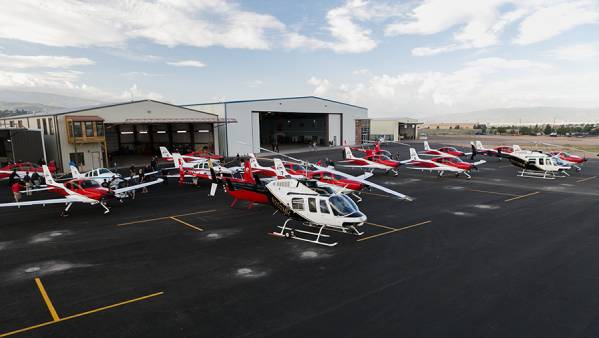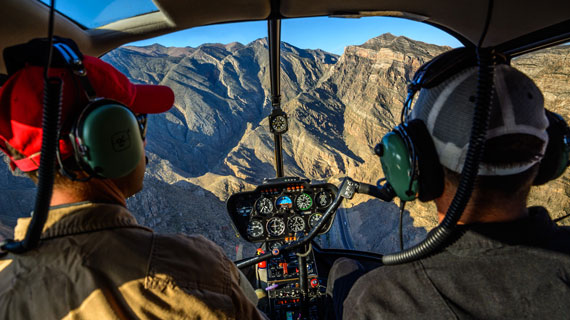What To Do Once You’ve Been Accepted To Flight School
Posted: September 01, 2020 | Author: Jaidyn Crookston | Read Time: 6 minutes
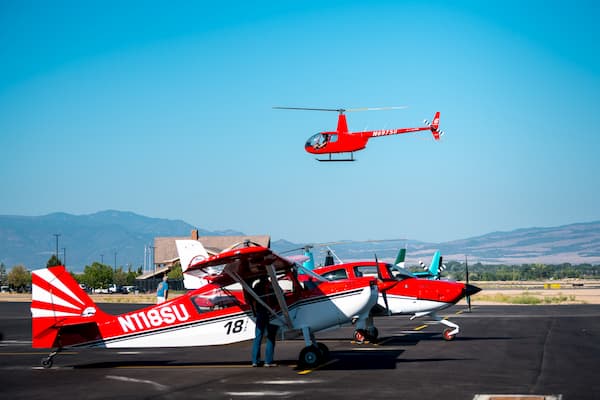
Sometimes a future flight student gets so caught up in being accepted to flight school, they may not know what to do after they’ve gotten in. If this sounds like you, then don’t worry. Here are the steps students should take after being accepted to flight school.
1. Celebrate Your Success
The first thing is to celebrate! Being accepted to flight school is amazing and you should be proud of yourself and the hard work you’ve done to get to this point. Flight schools usually have a limited number of seats open each year and you got one of them! You’re closer than ever to your dream job of being a pilot.
Once you’ve properly celebrated this achievement you can start thinking about what you’ll actually need to do now that you’re going to be a flight student.
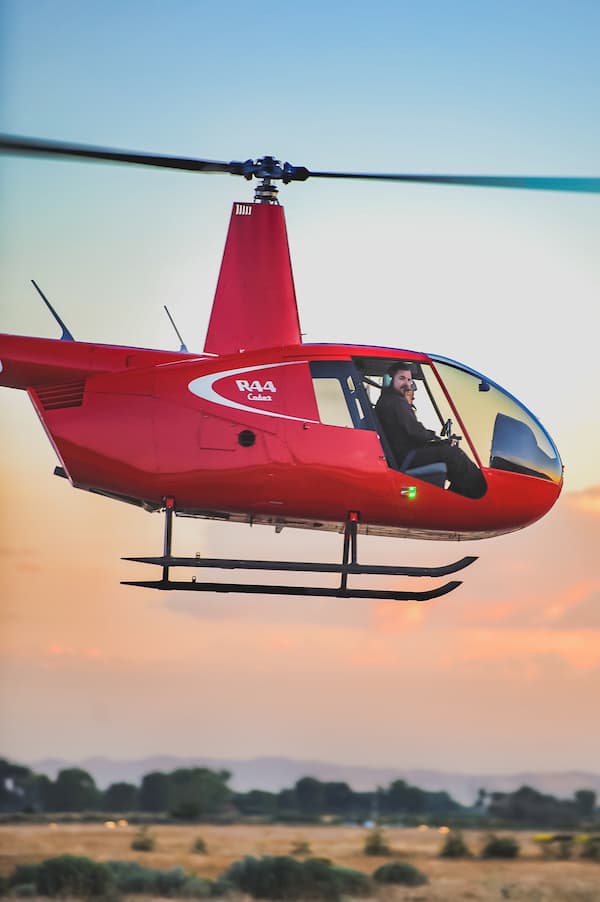
2. Secure Funding for Flight School
The next step is to find funding for flight training.
For veterans that are able to use Post 9/11 VA Benefits, this step will be easy. Southern Utah University students should contact the Veterans Resource and Support Center, register, and follow their instructions. Only a few university flight schools are able to accept full benefits, so attending one of these schools should be a priority.
For those that aren’t a veteran and are paying out-of-pocket, there are still options to lower the flight training costs. As a university student, future pilots are eligible for federal financial aid, student loans, and scholarships. The first step to getting this funding is to fill out FAFSA, which will determine whether you qualify for financial aid and student loans.
There are a lot of aviation scholarships available to flight students. By taking the time to look for scholarships and applying to all that fit, the chances of getting one will be much higher.
Some flight schools, like SUU Aviation, employ a full-time financial aid coordinator to help all aviation students find funding. If you have any questions about how to find funding, make sure you contact the SUU Aviation financial aid coordinator and get some help.
3. Get a Medical Certificate
Before flight students are able to attend flight school they need to pass the FAA medical exam and get a certificate. This certificate basically says that students are physically and mentally fit to fly an aircraft.
This certificate is only accepted if it’s done by an official FAA medical examiner. The sooner the exam is complete, the better. Especially if there is a need to address any problems that may be present. There are medical conditions that automatically disqualify students from becoming a pilot, such as bipolar disorder and epilepsy. If students are not able to pass the medical exam, it’s best to know now so they can start thinking about a different career path.
4. Talk to an Academic Advisor
This step may not be necessary for everyone, but it can be very helpful to talk to an academic advisor. Advisors can help students get ready for the university and know exactly which classes to take and are great people to talk to about plans for the future. They help students stay on top of their plans and ensure that students are prepared for registration day. If you have any questions about your schedule or how university life works, now would be a great time to ask an advisor.
Talking to a financial advisor is also helpful if you’re struggling to get funding or don’t know how to manage finances. Most universities offer this service for free and it’s a great opportunity to get some professional advice.
5. Register for Classes
After deciding which classes to take, it's time to register. The first semester or two as a flight student may mean taking general classes rather than a full schedule of aviation courses. But once math, science, English and other general courses out of the way, students can start taking the aviation courses that will lead to a pilot’s license. Every flight program is different, some programs require that students complete general classes before taking aviation courses, while some allow students to take both general and aviation courses in the same semester.
6. Find Housing in Cedar City
Housing often fills up fast, so it’s important to find housing before the semester starts. For aviation students, it doesn’t matter whether you live on or off campus, as long as you’re able to get to the airport when you need to. It comes down to your personal preference and the prices that fit your budget.
It may be nice to live with other flight students so you can have study sessions and live with someone who knows exactly what you’re going through. If this sounds like something you’d enjoy, you can talk to the school and see if they’re aware of other aviation students looking for roommates or you can post on Facebook or another social media platform to see if anyone is interested.
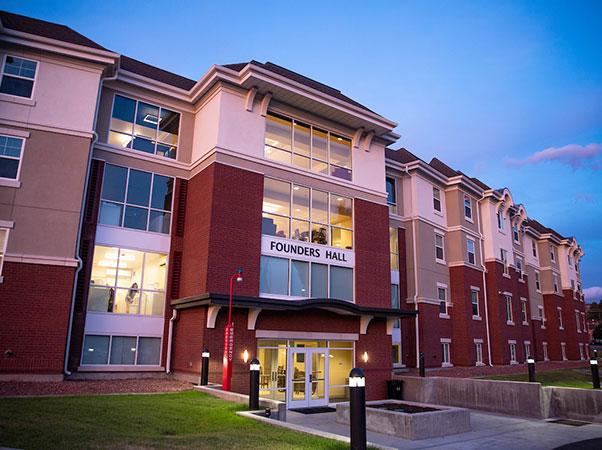
7. Gather Supplies
Supplies flight school students will need to get before school begins include the following:
- Logbook
- Headset - single plug
- Pilot’s Handbook of Aeronautical Knowledge (free on FAA website)
- Helicopter Flying Handbook (free on FAA website)
- Current FAR/AIM book
- Aircraft Operating Handbook (can be purchased from Robinson Helicopters or downloaded at robinsonheli.com; make sure to get the one for the helicopter you’ll be flying, probably the R44 Cadet or the R44 Raven ll)
8. Move to School
Moving day is exciting. Whether you’re an older veteran or an 18-year-old student fresh out of high school, this is the start of your new life as a college student and will open up a lot of opportunities for you.
If you are nervous on your first day, just know that it will pass and pretty soon you’ll be having the time of your life. This is especially true because you’ll have flight school to look forward to. Just imagine all the adventures that come along with that!
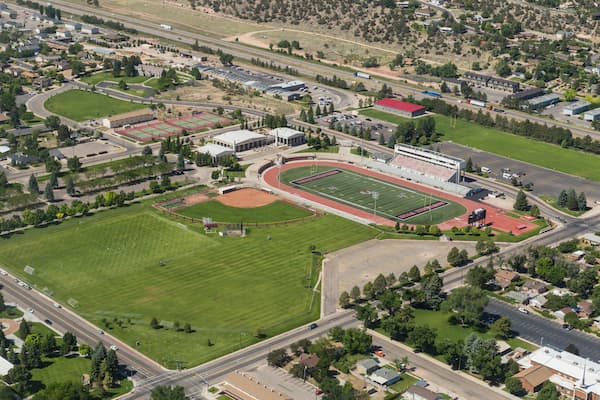
9. Find a Job (optional)
Flight students are very busy and more than a part-time job while in school isn't recommended. Even having a part-time job will make it more difficult to study for exams and focus on flight training. A job is a great way to earn money, though, and it will help to pay for flight training.
If you want a job while you go to school then it’s best to start looking for one right away. Campus jobs are competitive and go quickly, so you may need to expand your search beyond only campus positions. There are plenty of places around Cedar City hiring college students.
Flight programs often employ students as secretaries, outreach assistants, tour guides and tower operators, among other titles. Getting a job within the aviation department will make life as a flight student that much easier because you’ll already be at the hangar. At SUU, many flight students work part-time jobs at the SUU Aviation hangar.
You’re Ready For Flight School
Now that you know the next steps to attend school after being accepted, start going through the list and make sure that you have everything ready for the start of the semester.
Produced by SUU Aviation
The university's fleet includes 16 airplanes, 23 helicopters by the end of 2020, and state of the art maintenance training facilities. SUU Aviation offers advanced and relevant flight training in the safest and most efficient way possible. The program continues to be on the cutting edge of the industry, training tomorrow's aviation leaders.
If you’ve recently been accepted to SUU Aviation or any other flight school, congratulations! If you have any questions about what to expect or how to prepare for flight school, contact SUU Aviation.
This article was published more than 3 years ago and might contain outdated information or broken links. As a result, its accuracy cannot be guaranteed.
Tags: Aviation



